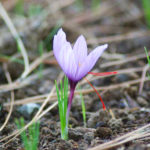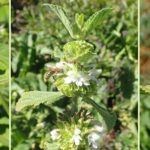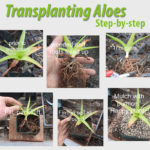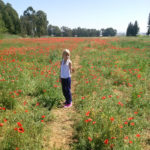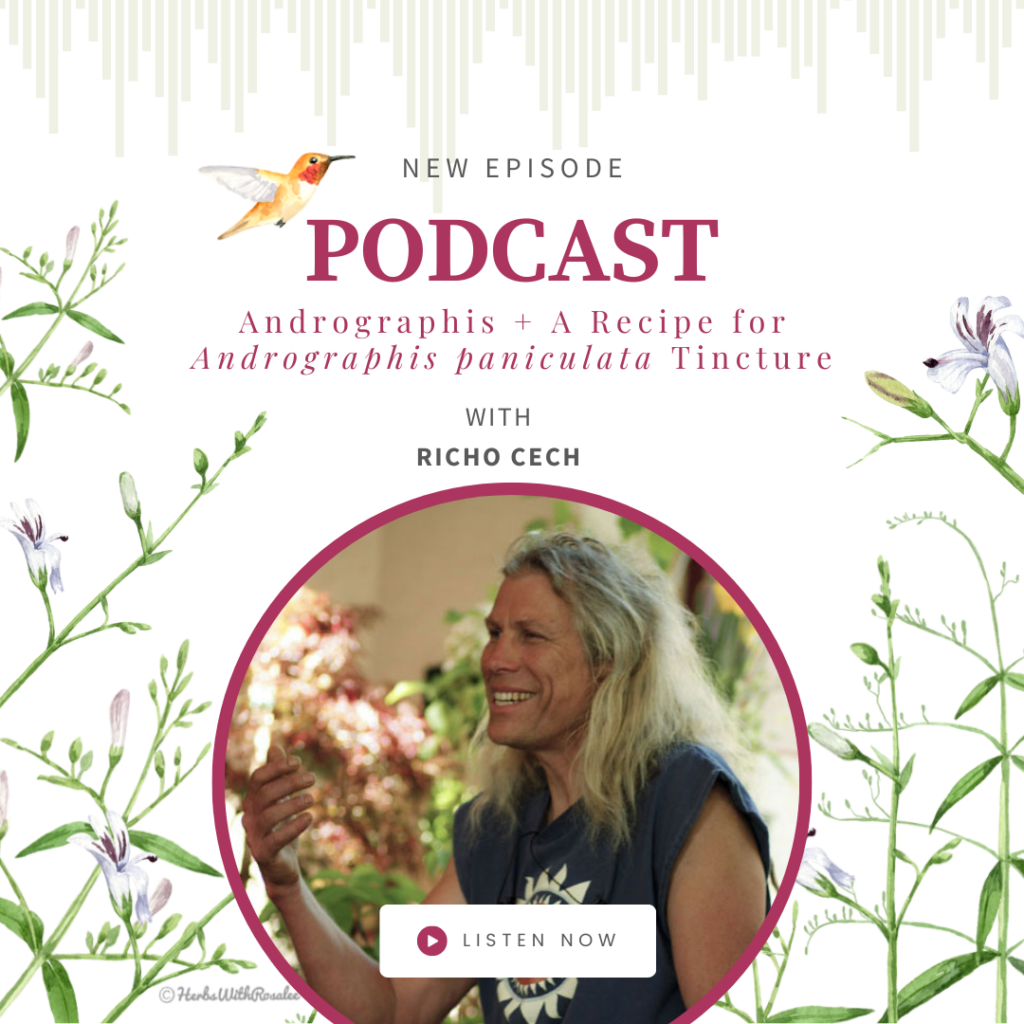How to Grow and Use Saffron
An aura of mystery surrounds Saffron (Crocus sativus), both the bulbous plant and the spice derived from its luminous red stigma. In actuality planting the corm and raising a few saffron plants to produce a small supply of the spice is easy, fun and rewarding. One of the simplest ways to provide the right conditions for healthy saffron and assure…

